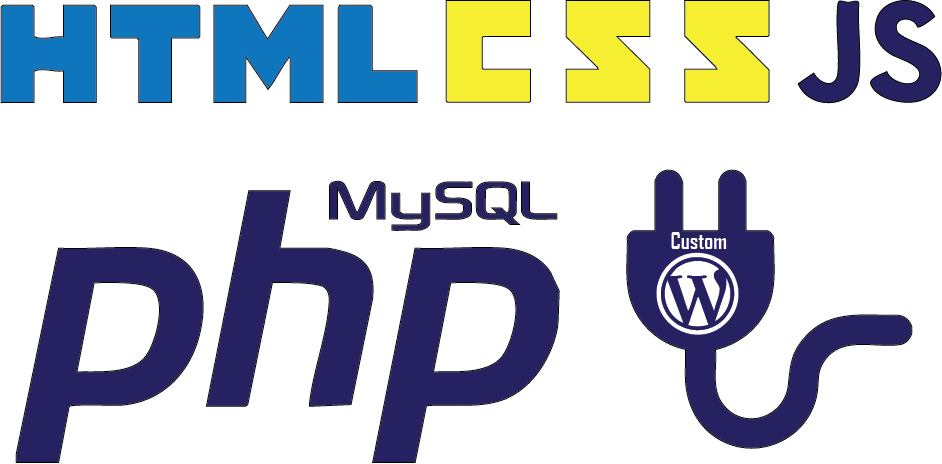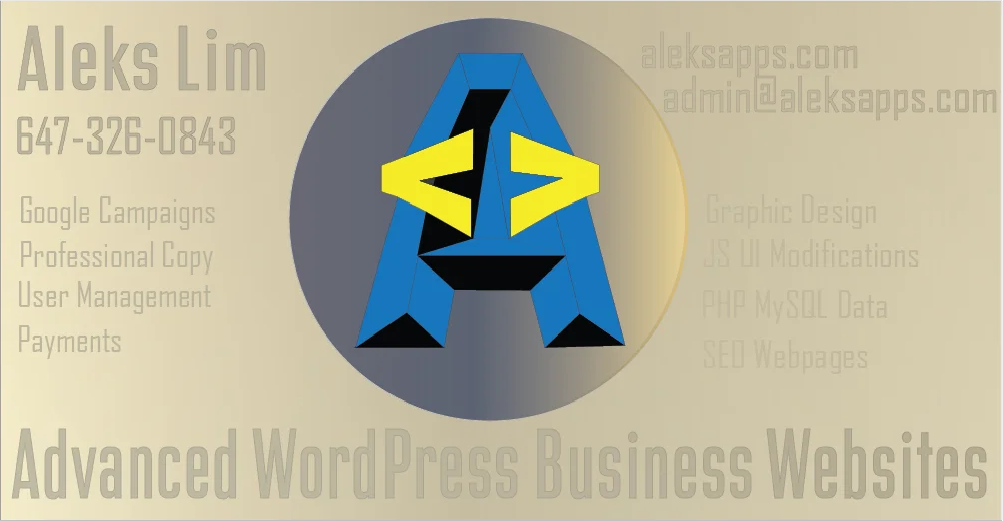
$20000 Value for Under $5000 Cost
Unlocking the Power of CSS for WordPress CRM Development in the GTA
Aleksandar Lim - September 02, 2025
As a freelance web developer in the Greater Toronto Area (GTA), my specialty is transforming standard WordPress websites into fully customized CRM software applications. A crucial part of this process lies in Cascading Style Sheets (CSS), the styling language that allows developers to capture and implement a client’s brand identity directly into their website’s design.
What is CSS?
CSS is a declarative programming language used to control the appearance and layout of HTML elements on a webpage. Unlike procedural languages such as JavaScript, which define steps for execution, CSS describes what the final visual outcome should look like. For WordPress development, CSS can be applied in several ways:
- Through the Appearance → Customize menu in WordPress.
- By inserting CSS rules inside a
<style>tag within a page builder’s HTML control (e.g., Gutenberg or Elementor). - Via an external CSS stylesheet stored in a child theme folder, linked directly to the HTML webpage.
Brief History of CSS
CSS was first proposed by Håkon Wium Lie in 1994 and officially released as part of CSS1 in 1996. Over the years, it has evolved through major versions (CSS2, CSS2.1, and the modular approach of CSS3) to become the flexible, powerful styling language we use today. CSS now supports responsive layouts, animations, transitions, grid systems, and more, giving developers endless creative possibilities.
Why CSS is Essential for WordPress Theme Customization
When working with prebuilt WordPress themes, developers have full control over the styles. While a theme provides a useful template and starting point, CSS customization enables us to completely tailor the website to reflect your unique brand identity. This process saves time, offers creative insights, and ultimately deepens our understanding of how web software and source code work together.
Examples of CSS in Action
CSS allows developers to configure different properties of HTML elements, shaping every detail of the design. Some common examples include:
/* Example 1: Changing font styles */
h1 {
font-family: 'Arial', sans-serif;
color: navy;
}
/* Example 2: Adjusting layout with margins and padding */
.container {
margin: 20px auto;
padding: 10px;
}
/* Example 3: Styling buttons */
button {
background-color: dodgerblue;
color: white;
border-radius: 5px;
}
With CSS, we can manipulate text, images, colors, fonts, backgrounds, layouts, and even integrate styling for video elements. It is a creative process that blends the visual artistry of design with the structural precision of coding.
The Creative Process of CSS
Working with CSS is different from backend programming because it engages the creative side of development. While backend logic focuses on functions and data, CSS emphasizes visual composition. It’s similar to designing a magazine layout — a form of spatial architecture where the arrangement of text, images, and whitespace guides the user’s experience. This interplay between creating HTML controls and applying CSS styles makes front-end development a truly enjoyable and artistic process.
Final Thoughts
Whether you’re looking to build a WordPress-powered CRM system or simply want your website to capture your brand’s personality more effectively, CSS is the key. As your freelance GTA web developer, I ensure that your site not only functions as a business management tool but also reflects your brand’s unique style, helping you stand out in today’s competitive digital landscape.
